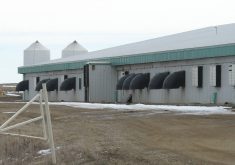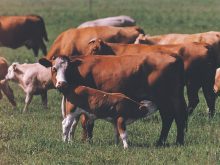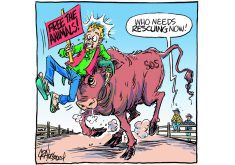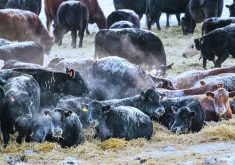The more you learn about viral and bacterial threats to livestock, the more you wonder how we can effectively protect the sector.
Maybe we need to view big disease events as waves rather than singular events — and if we know the next wave is coming, how prepared are we?
I asked several people who work closely with disease preparedness in industry, academia and government to answer that question using a scale of one (not prepared) to 10 (very prepared). Their average score was five with comments that it depends on which sector is affected and which disease is affecting it.
Read Also
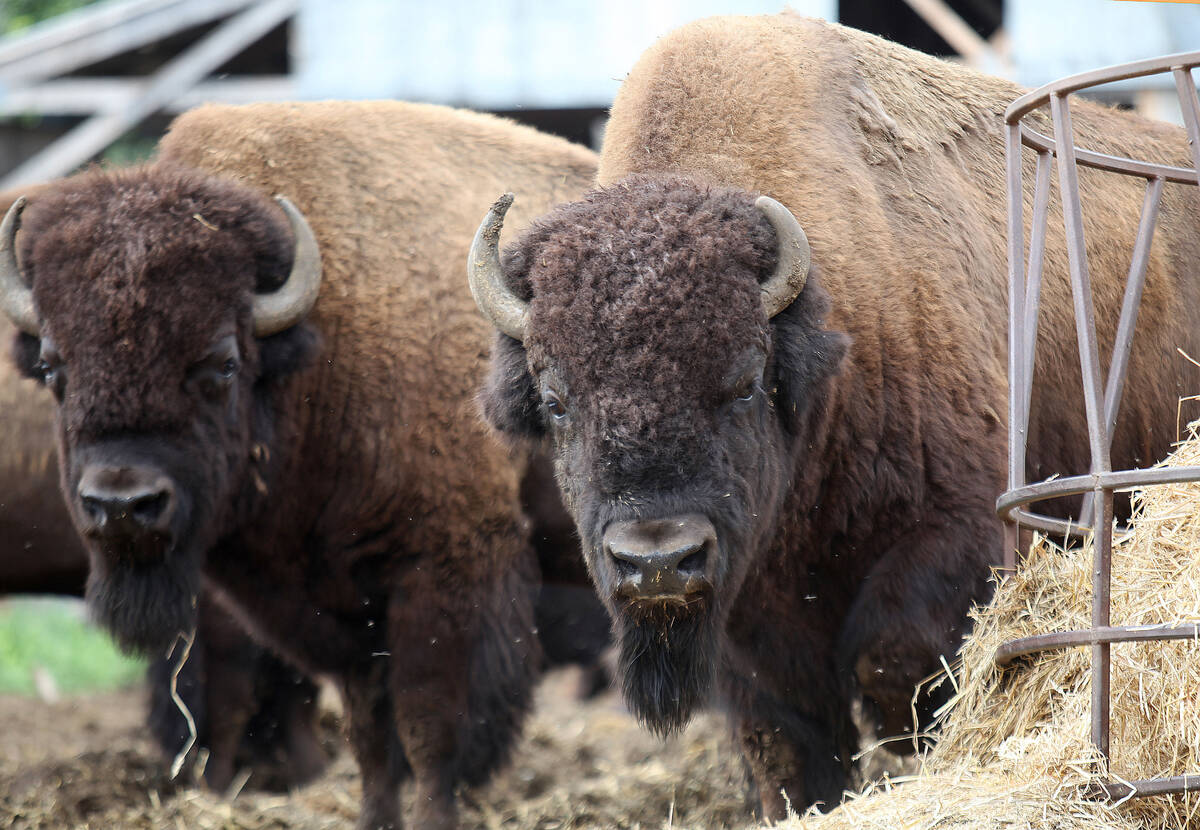
Reconciliation and farming require co-operation to move ahead
Indigenous communities in North America were cultivating crops such as potatoes and corn long before anyone from Europe had heard of the crops.
No matter how you cut it, five is not good enough.
The experts highlighted recent positive developments in our disease readiness, including:
Creation of Animal Health Canada, which brings a more singular focus to animal health across sectors and geography.
Huge industry and government effort into preventing and, if needed, dealing with African swine fever, which is a huge threat to our export-dependent swine sector.
Commitment to developing a national foot-and-mouth disease vaccine bank.
Learning from dealing with avian influenza, now including multiple sectors as it spreads to dairy cattle in the United States.
Development of antiviral treatments. Some of the work in this area is led by Dr. Sam Workenhe at the University of Guelph, who is a recipient of the Livestock Research Innovation Corporation’s Early Career Research Award.
However, we need far better surveillance to know as early as possible when a disease outbreak is imminent or happening, better biosecurity on all farms across all sectors, and better information sharing across organizations and agencies.
That’s a lot to accomplish but I suggest five more critical elements for success. We need to:
Think like the enemy. Viruses and bacteria do not recognize borders or often species. Planning and command centres should be cross-sector and, where warranted, disease-specific.
Engineer better farms with a focus on infectious agent detection, containment and elimination. The Livestock Research Innovation Corp.’s Engineering a Better Farm initiative has us working with several universities to generate interest in an industry-generated list of on-farm challenges and opportunities that could have an engineering solution.
Increase research funding. We now have terrific new livestock research facilities in Ontario, but all parties need to ante up more funding to derive maximum value from these facilities over the next 30 years.
Develop a new process of getting research into practice (GRIP). Effective GRIP engages all parties, including researchers, industry organizations and service providers in a co-ordinated approach using all media and reaching all interested farmers. Industry needs to lead the development of this new process.
Enable “piranha bulls.” This is a term from Brazil used to describe someone who says what needs to be said, often to their own detriment. The origin comes from moving cattle safely across a piranha-infested river by sacrificing an old bull for the good of the herd.
We should never pretend that things are better than they are, and we need to always seek improvement.
The livestock sector is a key pillar of the economy, environment and food security. We need to make every effort to ensure its protection and growth.
We may never be truly ready for the next wave of livestock disease, but working together to do our best to improve where we are now is key to securing a bright future.
Mike McMorris is chief executive officer of the Livestock Research Innovation Corp. and has more than 35 years of experience in the livestock sector working for government, producers and industry organizations. Follow LRIC on X: @LivestockInnov.






